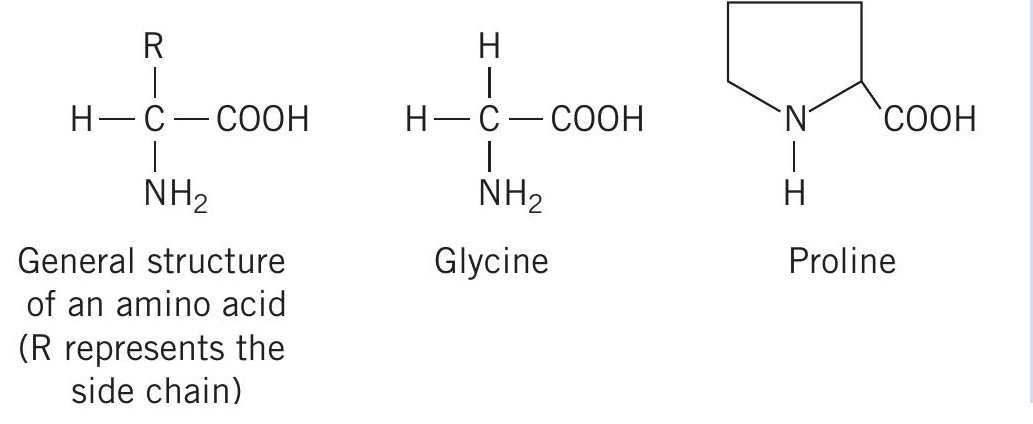
I love being a biomedical researcher. One of the reasons is that I enjoy learning new facts about important areas of human biology and then exploring their potential value in understanding disease processes. One basic approach in research is to develop a hypothesis, usually on the basis of known facts, and then carry out experiments to test that hypothesis. Sometimes things work out as predicted. Sometimes the hypothesis turns out to be incorrect. Sometimes an unexpected result diverts the research in a completely new direction.
This story starts with collagen — the most abundant protein in our bodies. Collagen is made up of fibres, which give strength to our tissues, especially skin, tendon, bone and cartilage. Collagen is not just one protein but a family of proteins capable of forming extracellular fibrous structures that support the cells and give shape and form to our tissues.
Your organisation does not have access to this article.
Sign up today to give your students the edge they need to achieve their best grades with subject expertise
Subscribe




